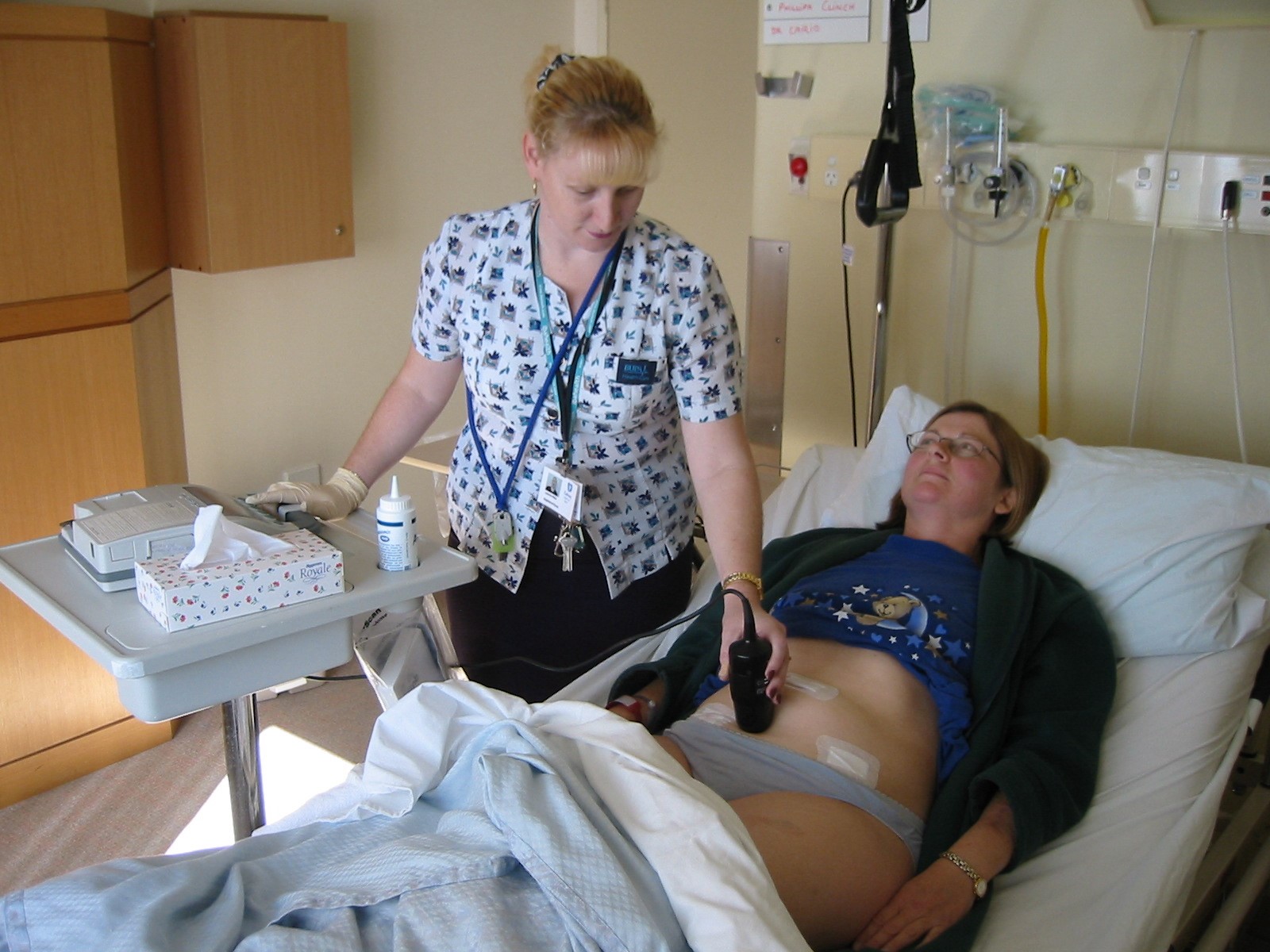TRIAL OF VOID AFTER PELVIC FLOOR SURGERY

Please bring this brochure to hospital with you
- Your nurse usually removes your bladder drainage catheter the morning after your operation as close to 6am as is practical. In some situations Dr Cario may want it left in for free drainage for a longer period.
- In every 4-hour period you will be encouraged to empty your bladder as fully as possible at a single or multiple attempts. On each occasion you will need to inform sister so that she can measure how much you have voided (Voided volume in mls) and how much residual urine is left in your bladder (Residual volume in mls) The residual is measured using a simple ultrasound bladder scan performed by your nurse (see picture below). A good voided volume is over 200mls and a good residual volume is below 100mls.If you are unable to pass enough urine to keep you comfortable sister will pass an in/out catheter to empty your bladder so that we can start a new 4-hour voiding session.
- Go to the toilet whenever you feel the normal sensation to go, but never leave it longer than 4 hours without emptying your bladder. You may need to try on a number of occasions.
- If you are going very frequently and passing small amounts only, then is it likely that you have some retention of urine. Don’t worry as the nurse will pass a small in and out catheter from time to time until your voiding well. If you have burning or scalding or bladder pain you may have an infection. Tell the nurse or let me know as a sample must be taken and usually an antibiotic prescribed.
- When passing your urine it is best to relax and not force your urine. You must remember that the operation is supposed to hitch up your bladder valve and obstruct your flow. Before your operation when your bladder was weak, you usually emptied your bladder by just dropping your pelvic floor and the urine fell out. If the operation is a success it means that when you drop your pelvic floor muscles, nothing will happen, and you will have to expel the urine using your bladder detrusor muscle. With long term weak bladders the muscle may be lazy and take some time to regain its power. It doesn’t matter and merely is a short-term nuisance.The bladder empties best by sitting on the toilet with your weight forward on your toes, not on your heels, even if this means lifting your bottom off the seat. This is called the “double voiding” technique.
- If you are one of a group of about 15% who still have voiding problems then we can insert a simple indwelling urethral catheter which is left on free drainage for your discharge, or very occasionally a suprapubic catheter inserted in the theatre or the ward or at the time of your operation to allow you to void normally and then test your residual at home just by sliding a valve on the tubing and not by inserting anything. You will still go home early.
- On day 1 of your trial sister will decide by 6-8pm if you are voiding well enough to continue overnight. If not she will pass another catheter to be left on free drainage overnight to give you a comfortable stress free sleep. In the morning around 6am the catheter will be removed again for a trial of void till 2pm. If you are successful then you will be discharged without a catheter. If not the catheter will be replaced with a drainage bag attached to your leg for a further 5 days complete rest on free drainage to be readmitted on day 5-7 for a further trial of void as a day patient only.
- Only 10% of patients need any form of catheter after 48 hours. It is very unusual to require any form of catheterisation after 2 weeks

